Studies have shown that horses have a much lower reproductive performance in comparison to any other farm animal, putting more pressure on studs to effectively manage their horse breeding operation.
With a birth rate ranging from 59% to 74% (1), the horse breeding season of 2021 requires breeders to be on top of their game from a management perspective. This article will provide you with some useful management practices to give you every chance of breeding successfully this year.
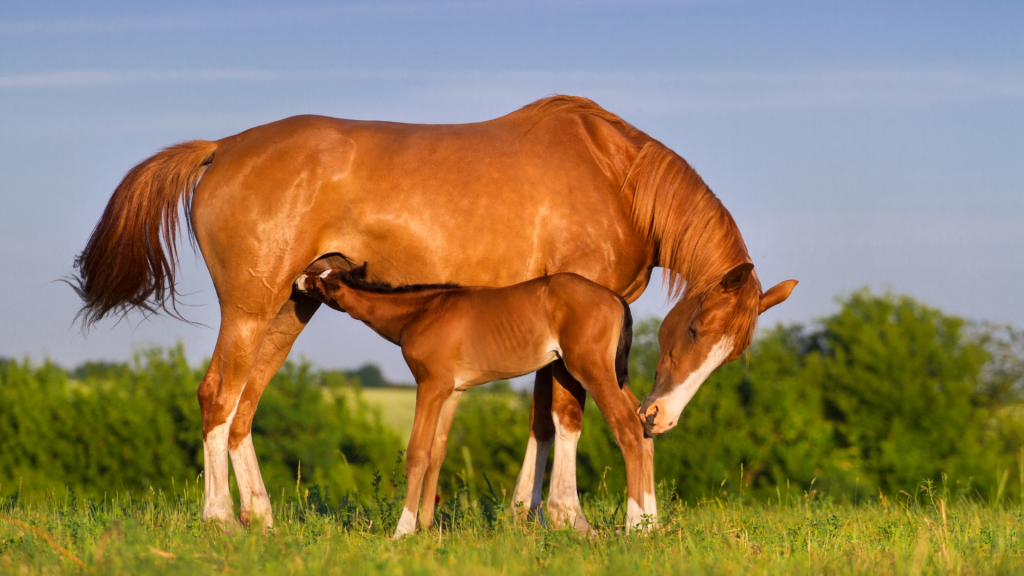
Scheduling mare appointments is a management practice that helps a horse breeding stable plan activities to achieve their breeding goals but many factors exist that affect pregnancy success. For instance, low fertility related to genital infections, parasites, hormonal dysfunction, and poor management practices is all factors that can affect pregnancy success (2). Since management activities are the only factor breeders can manage outside of the mare, the risk of missing appointments can jeopardize their mares getting covered.
Fortunately, there is a lot that can be done to ensure breeding success. For instance, management can try to prioritize time for the mare since the mare will have several veterinary appointments made. Typical appointments for mares include a breeding examination, ultrasound scans, embryo flushing, stitching mares’ vulva, and vaccination shots because the mare has to be monitored before and during pregnancy.
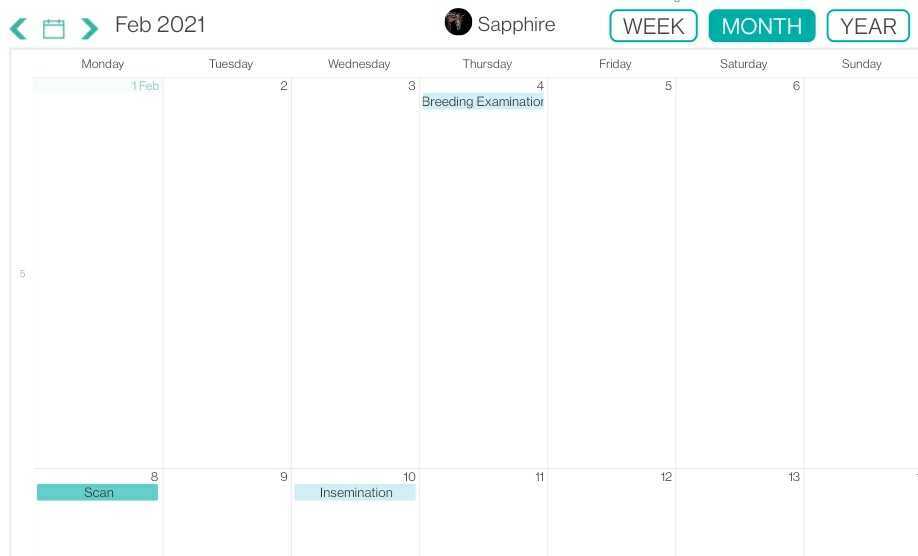
At the beginning of the season, a scheduled soundness examination is useful because it can determine whether the mare is fit for breeding. The results of a breeding soundness examination can greatly help the breeder and vet improve pregnancy likelihood because It will help manage the mares schedule in the run-up to getting her covered. Make sure you allocate enough time for these essential tasks.
The breeding soundness examination includes examining:
Appointment scheduling is a booking system that a breeding stable uses to manage the schedules of its mares otherwise planning would not work. Each mare requires an individual schedule because they are all different from one another. An appointment scheduling solution makes it easy to manage mare appointments because it contains a plan of future appointments.
Planned activities can be set to recur, for instance, to check for pregnancy 14 days after covering. In this situation, the tool saves the breeder’s and vet’s time. If you are a featherhead, for instance, you will be reminded of these appointments directly to your mobile phone. Appointment management tools can be accessed via mobile phone or via laptop with real-time processing.
Keeping records of your mare’s progress is a management practice that can help a breeding stable monitor the progress of their mare’s breeding journey. As a result of poor record management, evidence issues are common resulting in unnecessary delays in retrieving relevant information.
Breeding studs introduce a set of rules to control information regarding their mares because it brings structure to an organization. A ‘mare card’ always has a start and end date because the stud knows when data collection for that year began and ended. The chosen stallion, gestation date with each action recorded and dated is also present on the mare card.
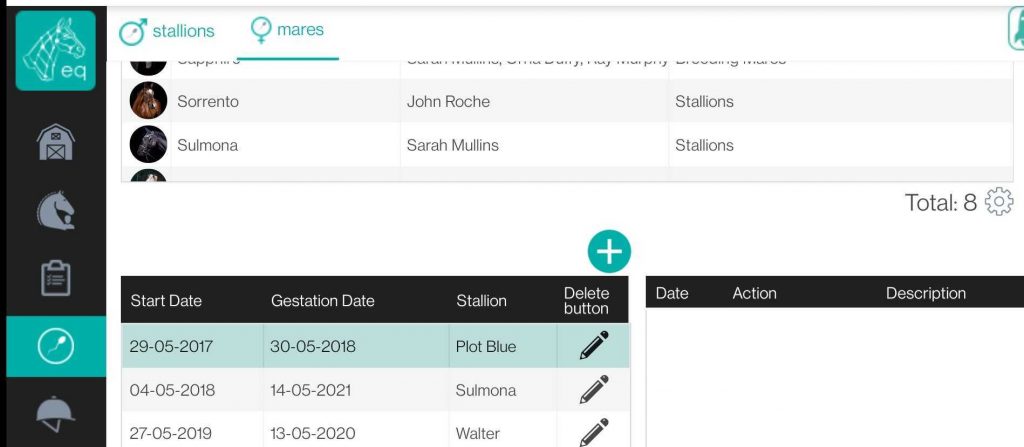
Access to historical records can be very useful for covering predictions because the mare’s past is often the key to a successful pregnancy. Regarding follicles, the typical size of the mare’s follicle can make a difference in ovulation time because some mares form smaller follicles than the usual size between 40mm and 50mm.
Other information to record:
The use of a mare diary and a mare card can be helpful for recording information because it makes accessing historical information known about the mare easier. Vets deal with 100’s of mares every year, as a result, you can’t expect them to know your mare’s entire life story. Equicty made a module for managing the entire breeding operation because the team knows how important it is to breeders.
Time management is exceptionally important for breeders because they want to know how much time to allocate to breeding activities. For instance, some stables have an onsite vet integrated into their breeding facility whilst others have a vet that visits them with portable equipment or requires a scheduled visit in their breeding clinic.
Bad time management results in missing covers, inefficient workflow, poor work quality, high-stress levels, and a poor professional reputation. A stable that does time management has many benefits which pay off for running a successful breeding operation later on.
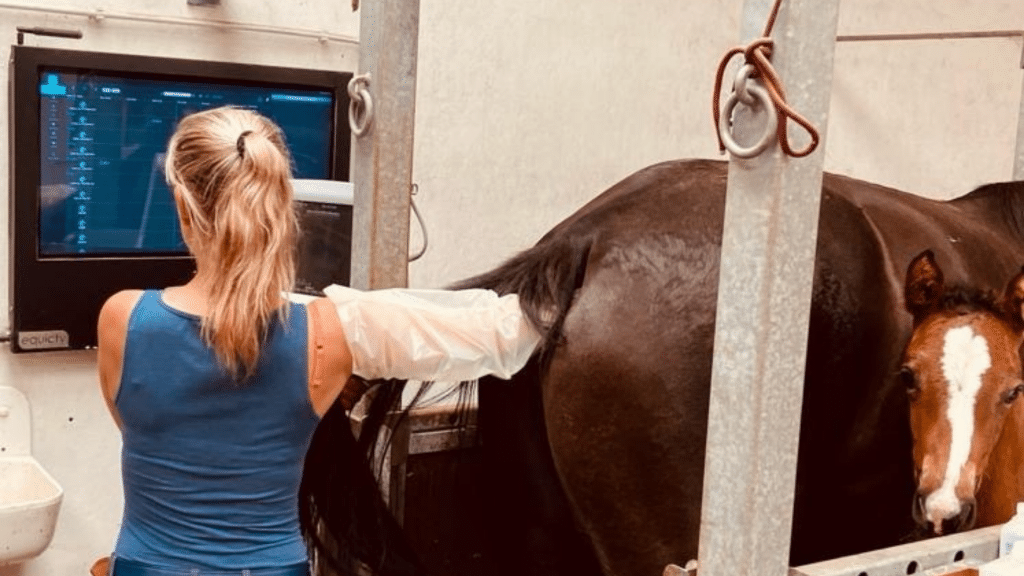
Time management is important for knowing a lot of things:
As usual, we believe in digital solutions to effectively conduct time management in stables because it comes with many benefits. Time management for a busy breeding stable requires a combination of processes, tools, techniques, and methods which are difficult to manage without having an effective management system. A breeding stable that doesn’t know how much time they spend on breeding activities because they don’t record information can participate in a 21-day free trial using the breeding module from equicty to track their breeding activities and daily tasks. Schedule and record every activity related to the mare for good time management and let your vet follow by adding them as a user on your account! These are all ways to effectively do time management.
Effective communication helps information, views, and facts about the horse to be recognized, discussed and agreed upon because, for some reason, this collaboration has an unnecessary gap amongst breeding stables and vets which can impede productivity, increase risk or affect the breeding performance of the mare. Breeding management requires effective communication with the vet’ because to proceed with the treatment they need to have information about the mares.
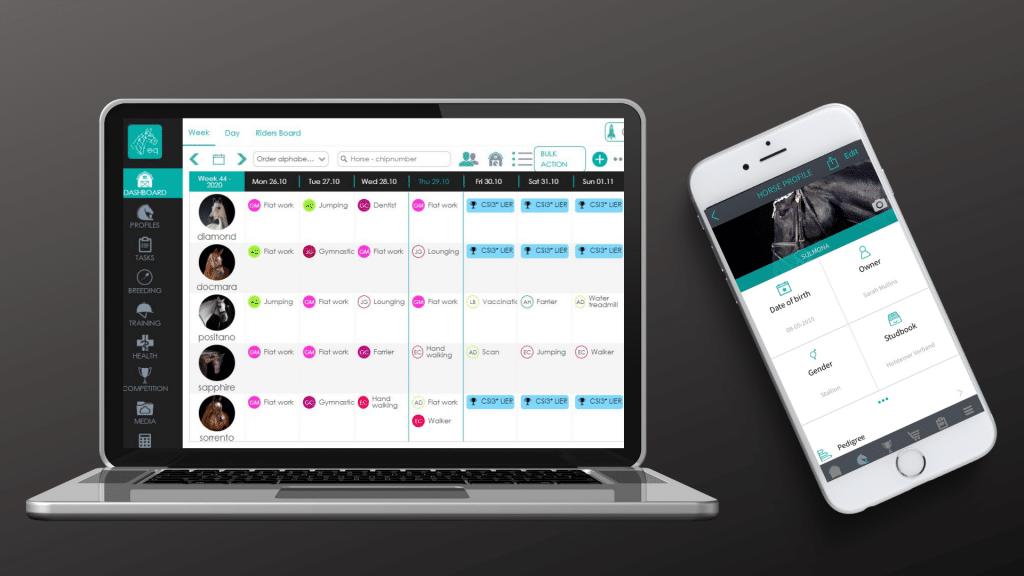
Collaboration tools are a popular solution for effective communication amongst teams because they assist an organization to accomplish a goal. It can be in the form of paper, post-it notes, or whiteboards which all come with several unfortunate drawbacks. Replacing whiteboards with a smart stable board makes it’s easier to access all the information on a mare including updates and changes made by stakeholders.
For larger breeding farms, working with a digital solution is becoming more popular and having information easily accessible via mobile phone, laptop or smart stable board makes it almost impossible to miss an important piece of information, appointment, or emergency.
This article has covered some major management practices that breeding stables can improve on this year. The article outlined a series of points to help your horse breeding management look at how to improve horse breeding success from a management perspective. All of these practices require organizational skills to plan work, divide amongst people, and execute. If digital breeding management is a potential path for your breeding management, then be sure to get in touch with equicty through any of their social channels including email: hello@equicty.com.
1. Marcilio Dias Silveira da Mota and Luciana Correia de Almeida Regitano (October 24th 2012). Some Peculiarities of Horse Breeding, Livestock Production, Khalid Javed, IntechOpen, DOI: 10.5772/50519. Available from: https://www.intechopen.com/books/livestock-production/some-peculiarities-of-horse-breeding
2. Sullivan. J.TurnerP. C.SelfL. C.GutteridgeH. B.BartlettD. E.1975Survey of reproductive efficiency in the Quarter-Horse and Thoroughbred. J. Reprod. Fert. Suppl. 23315318
Get full access to our easy-to-use digital stable management platform and experience instant impact on your stable’s efficiency